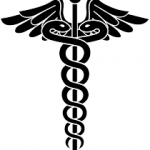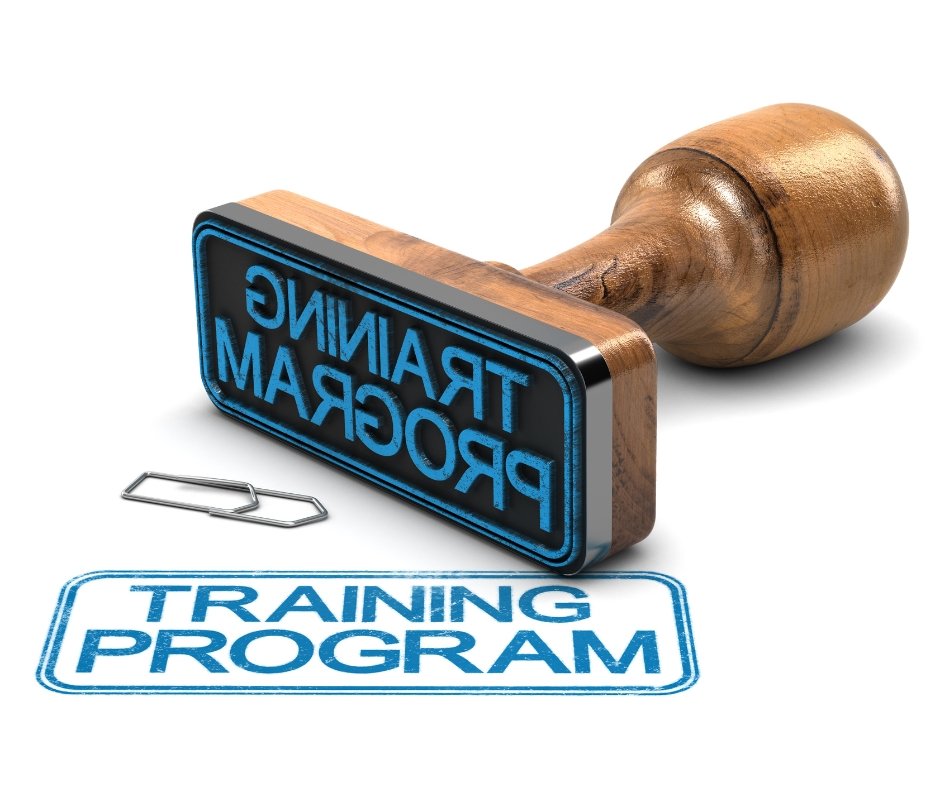Introduction:
Cross-border employment has grown into a prevalent occurrence in an era of growing global
interconnectivity (McAuliffe & Goossens, 2018). However, the pursuit of medical training
programs in foreign nations often confronts physicians with a multitude of obstacles. The
obstacle to obtaining international medical training is substantial and tangible, spanning complex
visa requirements as well as cultural and linguistic barriers.
Recognizing the Obstacles:
1. Work permit and visa requirements:
The intricate web of visa regulations and work permit prerequisites poses a primary barrier for
medical professionals desiring to pursue training overseas (McHugh & Morawski, 2017).
Navigating the administrative barriers that each country imposes on the arrival of foreign
medical professionals can be an arduous undertaking. Visa processing delays or explicit refusals
may significantly hinder a physician’s ability to obtain medical training abroad.
2. Evaluation and Recognition of Credentials:
Evaluation and validation of their credentials is a significant supplementary obstacle for
physicians seeking training programs abroad. Although training in medicine may exhibit a
certain degree of global standardization, disparities in credential recognition may persist among
various nations. Acquiring recognition or equivalency for a medical degree and training can be a
laborious and time-consuming undertaking, frequently necessitating extensive documentation
and verification (Huang et al., 2020).
3. Language and cultural obstacles:
Physicians who plan to pursue training programs internationally must deal with language and
cultural barriers, as well as administrative obstacles (Harrison & Malone, 2004). In order to fully
benefit from their training experience. Physicians must be proficient in the language of
instruction, as effective communication is critical in the medical field. Additionally, acclimating
to a novel societal milieu can require substantial effort and have repercussions on interpersonal
and occupational interactions.
Making Use of the Path:
1. Preparation and Research:
Establishing the challenges that accompany enlisting in training programs overseas requires
significant planning and research. It is advisable for potential candidates to familiarize
themselves with the specific prerequisites and policies of the nation in which they plan to
undergo training (Pearson et al., 2006). This includes understanding visa procedures, methods for
assessing credentials, and language proficiency criteria.
2. Seeking Advice and Assistance:
It can be daunting to navigate the intricacies of international medical training; therefore, it is
imperative to seek guidance and support. Expert mentors, skilled organizations, and educational
organizations can provide invaluable assistance to physicians embarking on this journey (Cusson
& Strange, 2008). Additionally, networking with peers who have completed training programs
abroad with success can provide valuable guidance and insights.
3. Adaptability and Resilience:
Perseverance and adaptability are critical attributes for physicians as they navigate the journey
towards international training. Unexpected obstacles and setbacks are inevitable, but by
maintaining a positive outlook and demonstrating perseverance in the face of such challenges,
one can achieve success. Adaptability to altering circumstances and sensitivity to alternative
options can assist physicians in overcoming obstacles and reaching their objectives (Moser &
Ekstrom, 2010).
Conclusion:
The pursuit of medical training programs in foreign countries is a complex endeavor fraught with
a multitude of obstacles and difficulties. International medical training is not a straightforward
endeavor, as it requires overcoming barriers to language and culture in addition to visa
regulations and credential assessments. Nevertheless, through thorough investigation, counsel,
and determination, physicians have the ability to surmount these challenges and realize their
objectives of acquiring significant expertise and experience overseas (Council et al., 2000). As
the world becomes more interconnected, it is of utmost importance to facilitate international
communication and cooperation in the field of medicine. By removing barriers to international
medical training, we can create a healthcare workforce that is more inclusive and diverse,
preparing individuals to effectively navigate the evolving demands of an interconnected world.
References:
Council, N. R., Behavioral, D. o., Behavioral, B. o., Sciences, S., Research, C. o. D. i. t. S. o. L. w. a.
m. f. t. C. o. L., & Practice, E. (2000). How people learn: Brain, mind, experience, and school:
Expanded edition (Vol. 1). National Academies Press.
Cusson, R. M., & Strange, S. N. (2008). Neonatal nurse practitioner role transition: The process
of reattaining expert status. The Journal of perinatal & neonatal nursing, 22(4), 329-337.
Harrison, L., & Malone, K. (2004). A study abroad experience in Guatemala: Learning first-hand
about health, education, and social welfare in a low-resource country. International Journal of
Nursing Education Scholarship, 1(1).
Huang, C., Koppel, R., McGreevey III, J. D., Craven, C. K., & Schreiber, R. (2020). Transitions from
one electronic health record to another: challenges, pitfalls, and recommendations. Applied
clinical informatics, 11(05), 742-754.
McAuliffe, M., & Goossens, A. M. (2018). Regulating international migration in an era of
increasing interconnectedness. In Handbook of Migration and Globalisation (pp. 86-104).
Edward Elgar Publishing.
McHugh, M., & Morawski, M. (2017). Successful initiatives for integrating foreign-trained
immigrant professionals. Migration Policy Institute.
Moser, S. C., & Ekstrom, J. A. (2010). A framework to diagnose barriers to climate change
adaptation. Proceedings of the national academy of sciences, 107(51), 22026-22031.
Pearson, L., Fonseca‐Greber, B., & Foell, K. (2006). Advanced proficiency for foreign language
teacher candidates: What can we do to help them achieve this goal? Foreign Language Annals,
39(3), 507-519.




